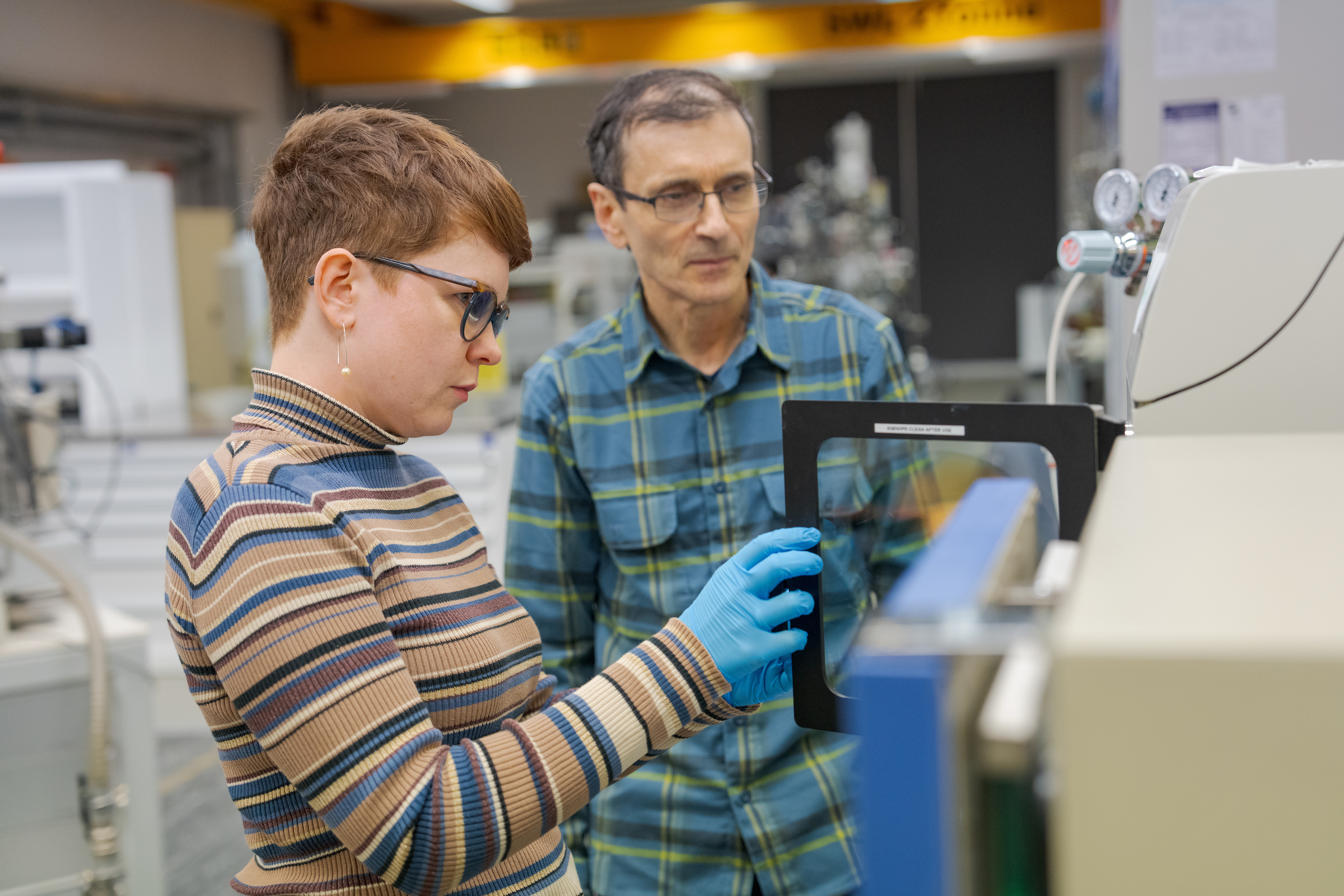
Research projects
Below we list current research topics in RSES, with links to relevant researchers, supervisors and research groups.
Displaying 16 - 30 of 142 project(s).
Use your skills in physics, mathematics or computational science to better understand our climate system.
science Research area
Group
People
- Dr Adele Morrison, Supervisor
- Dr Andrew Kiss, Supervisor
- Dr Callum Shakespeare, Supervisor
- Dr Kial Stewart, Supervisor
- Dr Nicola Maher, Supervisor
- Professor Andy Hogg, Supervisor
Geodynamics occupies a unique position in the solid Earth Sciences. It is primarily concerned with the dynamical processes affecting the Earth, both within its interior and at its surface, although it can also be applied to the interiors and surfaces of other terrestrial planets and their moons.
Project to analyse the pattern of seismic anisotropy beneath the continent utilising data from temporary broadband networks deployed across Australia
Using Porites coral cores to examine elemental and isotopic proxies to develop proxy reconstructions of the environment.
Exposure dating is based on the principle that cosmogenic nuclides accumulate in surface rocks as a function of time. After a geological process freshly exposes a rock surface, these cosmogenic nuclides build up at a known rate. Measurement of their present-day abundance, in conjunction with knowledge of the rate...
This research program uses laboratory experiments and geophysical imaging techniques to constrain the thickness and density structure of continental crust and investigate its relationship to mineral systems.
The accessory mineral allanite occurs in a wide range of igneous and metamorphic rocks and contains appreciable amounts of trace elements including the REEs, Sr, Th and U. The high degree of compositional substitution and variable incorporation of common lead into the allanite crystal structure however has limited...
Utilize elemental, isotopic and radiometric proxies trapped in deep sea coral skeletons to examine past climate.
The project aims to reconstruct deep water carbonate ion and nutrient contents at millennial timescales using high sedimentation cores from the Atlantic Ocean.
Zircon recrystallization, particularly at sub-solidus conditions, can be assisted and enhanced by deformation. Zircon crystals in shear zones and metamorphic rocks that recorded high pressures during subduction are the best material to study the effect of deformation in these robust mineral. Extreme deformation may...
science Research area
Group
People
- Professor Michael Ellwood, Principal investigator
- Professor Stephen Eggins, Principal investigator
Congested subduction happens whenever buoyant material such as an oceanic plateau gets caught up on a moving plate and eventually arrives at a subduction zone. The buoyant material may be scraped off or subducted, but it always puts up a fight which leaves characteristic scars on the over-riding plate.
science Research area
People
- Dr Romain Beucher, Supervisor
- Professor Louis Moresi, Principal investigator
- Professor Louis Moresi, Supervisor
- Professor Meghan S. Miller, Supervisor
The Southern Ocean is characterised by turbulent flow associated with the world's strongest ocean current, the Antarctic Circumpolar Current (ACC). This turbulence is dominated by mesoscale eddies vortices which are small (~50km) compared with the size of the Southern Ocean. Mesoscale eddies play a variety of roles...
The extensive early Archean rock records preserved in southwest Greenland and western Australia carry a wealth of information on the formation of Earth's early chemical domains, the age and composition of the oldest continents and the character of the early atmosphere and hydrosphere. Although these rocks range...
science Research area
Most of Earth’s volcanism is concentrated at tectonic plate boundaries, where plates move away from one another to create mid-ocean ridges, or where one plate slides beneath another to form a subduction zone. However, an important and widespread class of volcanism occurs within plates, or across plate boundaries....
science Research area
People
- Professor Brian L. N. Kennett, Collaborator
- Professor Ian Campbell, Collaborator
- Professor Rhodri Davies, Principal investigator
